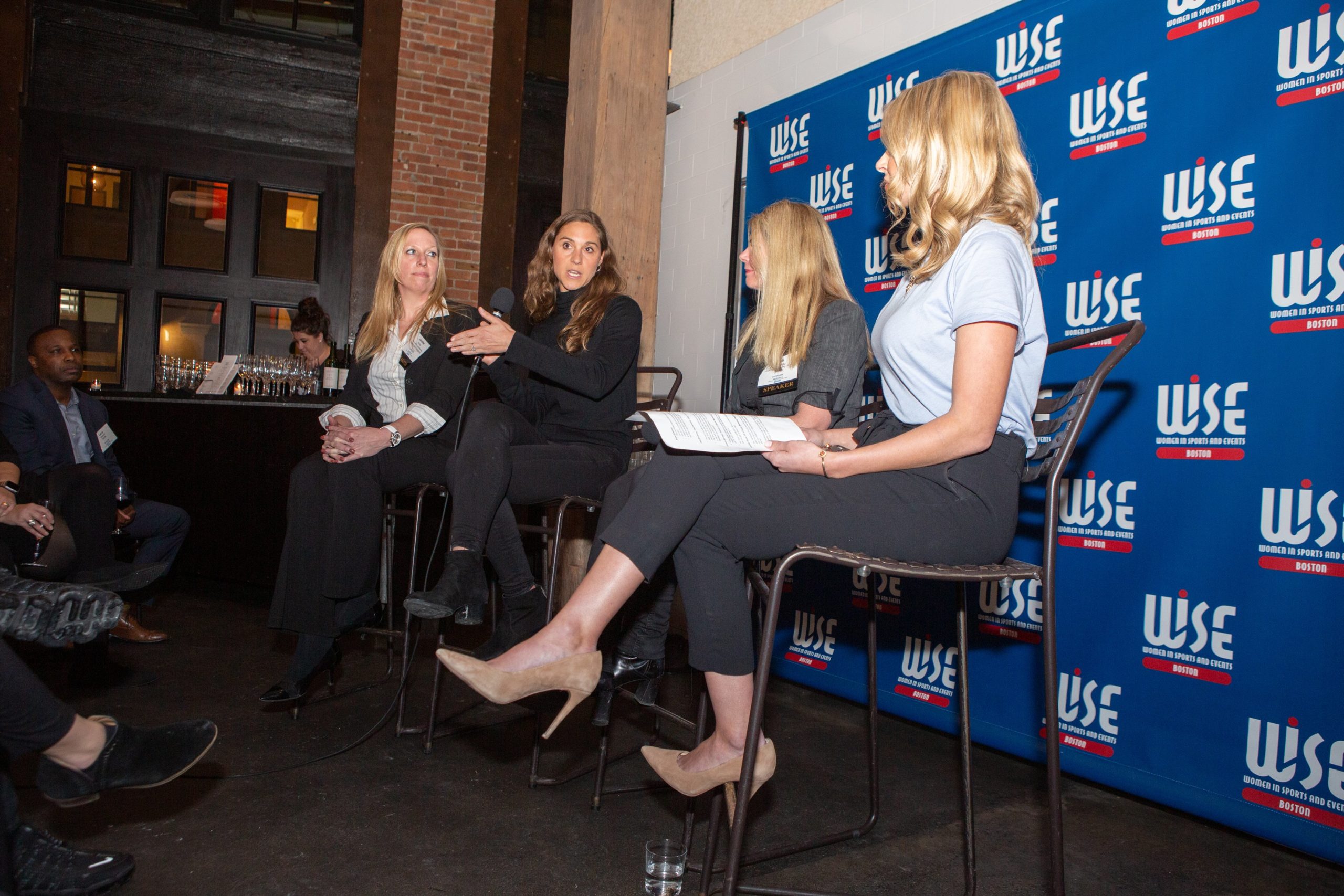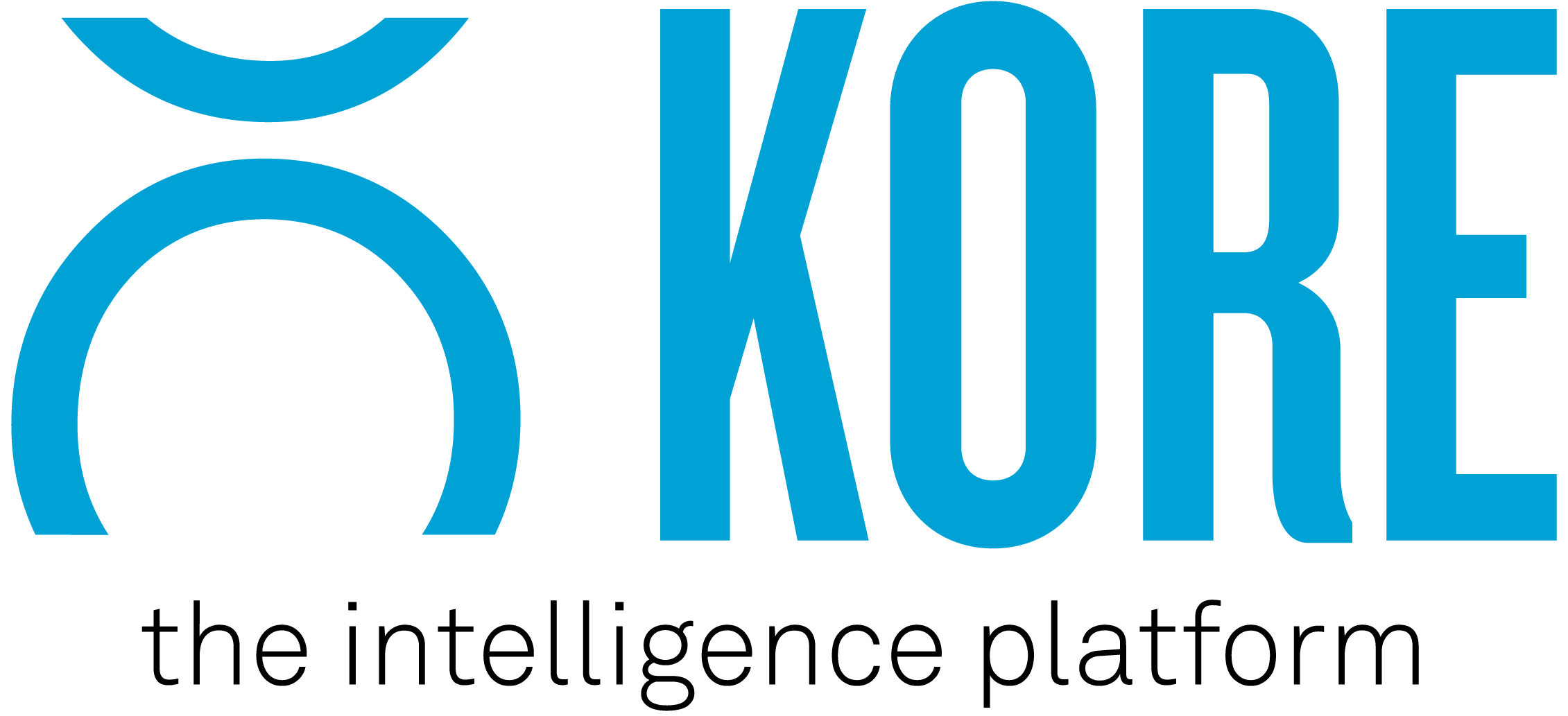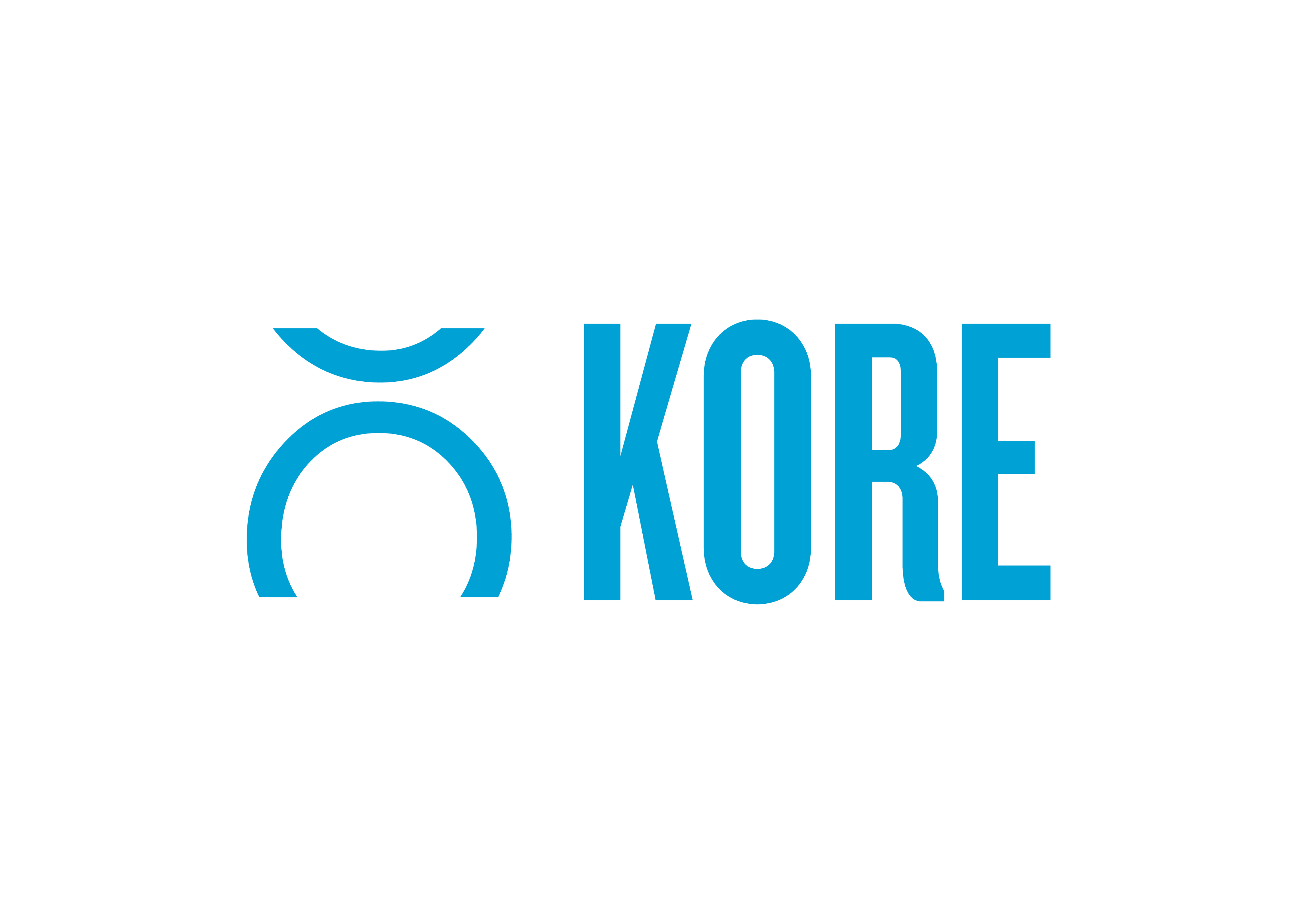On February 28th, the Boston chapter of WISE (Women in Sports and Entertainment) and KORE Software hosted a panel on digital marketing and analytics. It was a wide-ranging discussion that touched on:
- How BI in used in an organization’s digital marketing efforts
- What being done to get fans off their couches and into the stadium
- Some fun projects planned for this year
- Trends and tactics in social media
- What changes are expected in digital marketing
The panel discussion, sponsored by KORE Software, featured executives representing a variety of industry perspectives:
- Moderator: Rachel Holt, Video Host and Assistant Content Producer, New England Sports Network
- Heidi Browning, Chief Marketing Officer, National Hockey League
- Victoria Barnaby, Director of Brand Marketing, 47
- Jennifer Hinkle, Vice President of Digital Marketing, Washington Redskins
Here’s a brief recap from the event, and you can also scroll to the bottom to watch the full panel discussion.
“WISE” Use of BI in Digital
Digital marketing, both in and out of sports, can truly benefit from a unified data set. The underlying data can tell you so much about the consumer, from ad tolerance to retention and engagement metrics. To achieve a unified data set, spending time organizing and cleaning the data to build that technology stack is key. This will help you understand the fan base more, from your local ticket buyers to your global, displaced fans.
Business Intelligence also helps create value for the brand, helping brands reach the customer early, creating loyalty with the customer and giving the brand a channel to sell directly to the customer. BI metrics impact all levels, from top-of-funnel brand awareness via web traffic, engagement and sentiment, as well as mid-funnel brand marketing, around conversions and code redemptions. Monitoring at all levels helps connect the dots and demonstrates analytics behind decisions.
The ultimate goal is to see the full 360-degree view of the fan. Tying it all together is important to see who exactly is coming to the stadium. A great question to ask yourself is “Who is the fan” and it starts with clean data collection and focusing on being a data driven organization.
Getting Fans Off the Couch
In-stadium data or web data collection can be used to help bring the fans back to stadiums. Using season ticket holder data such as their in-stadium purchases, partner interactions and who they forward tickets to, can help customize the experience for fans. The sports industry has realized that the game day experience has to be exceptionally personalized, especially for that Millennial and Gen-Z fan base in order to attract them to more games.
With so many distractions available, we all need to work harder to keep up with the fans’ ever decreasing attention spans. We have been tasked to transform the arena in order to engage the fan more and keep them tuned into the game at the same time. The more this engagement is customized, the more improved the fan experience will be.

Focus On Social
The importance of real time updates via social media continues to grow. Channels such as Snapchat and Instagram must be updated the instant something occurs, and when done right, that can lead to a large increase in new followers due to their desire for timely information. Creating content guideline procedures can help ensure that properties and brands are creating the right content for each channel’s target demographic.
Email response time is also more important to fans now, especially with those same fans being more used to quicker interactions over social. As stated before, the attention rate of fans has decreased, so response time has a direct impact on engagement.
Event and community-centric campaigns on social can be quite effective in building an audience and driving data collection, but the challenge there is around how to take these followers and convert them into paying customers through the right messaging via the right channel.
Success with Recent Projects
Tapping into the younger generation and learning about how/why they think certain things is very important for the sports industry now. Focus groups have helped identify some of the gaps between the average fan and the avid fan, with the goal being to bridge the gap between the two groups and create a community and fan experience fit for both.
Younger generations more closely follow their favorite celebrities, so the NHL decided to use this to engage with more casual fans. For example, the use of Snoop Dogg to help explain the basic rules of hockey hit right at home for a younger generation. That familiar face created an easier way for fans to understand the game and increases the awareness needed to resonate with the non-hockey fans.
The NHL has an incredible reception around Kendall Coyne’s participation in the NHL All Star Skills Challenge, the first woman to do so. This not only helps increase awareness in a key growth demographic for the NHL, but it also goes a long way to generate more interest in women’s sports from their core fan base.
Digital and social channels are providing more and more data that’s needed to gain fans and personalize the experience for your most loyal customers. Learning what to do with that data to show a clear ROI is the biggest challenge. It is essentially required now to show numbers behind everything that is being delivered so we can understand what’s working and what’s not.
Want more insights from our expert panel? You can watch the full recording of the discussion below.
KORE is the global leader in engagement marketing solutions, serving more than 200 professional teams and 850+ sports and entertainment properties worldwide, providing practical tools and services to harness customer data, facilitate sponsorship sales and activation, and create actionable insights.



